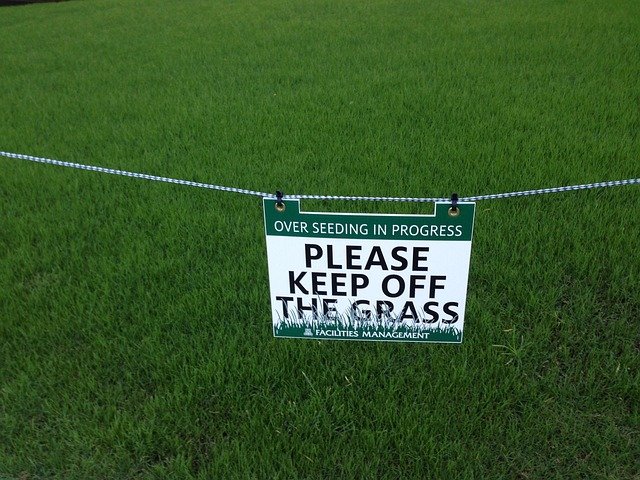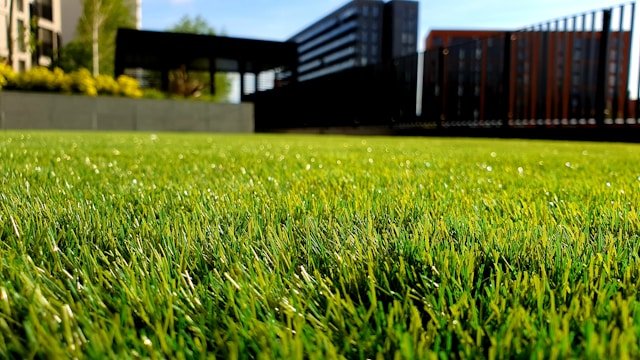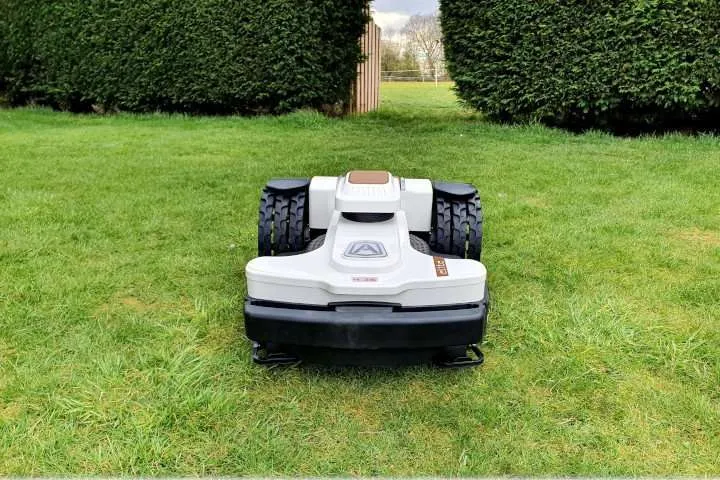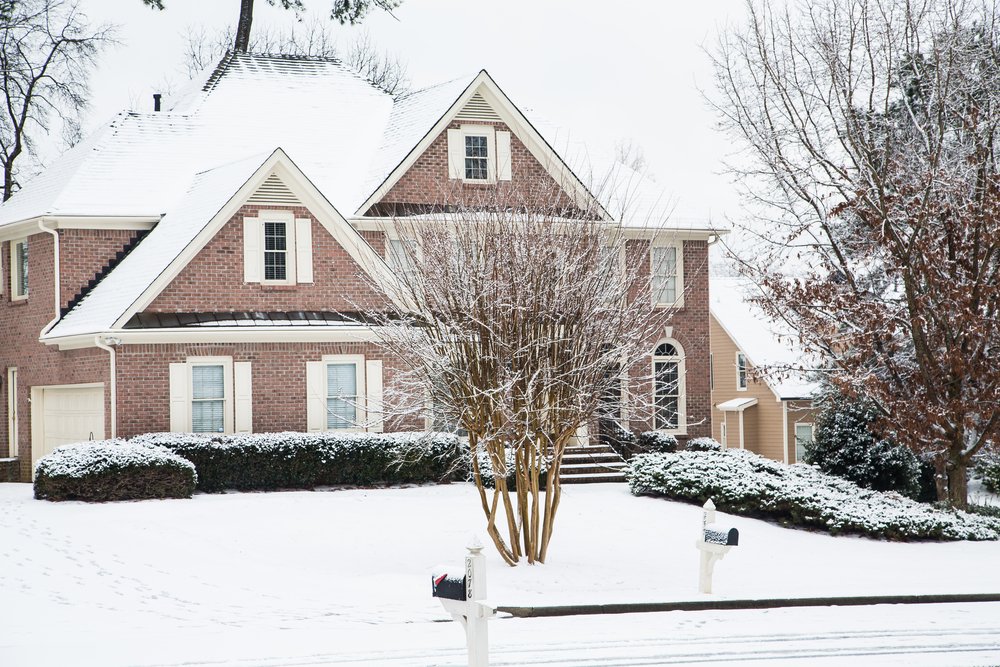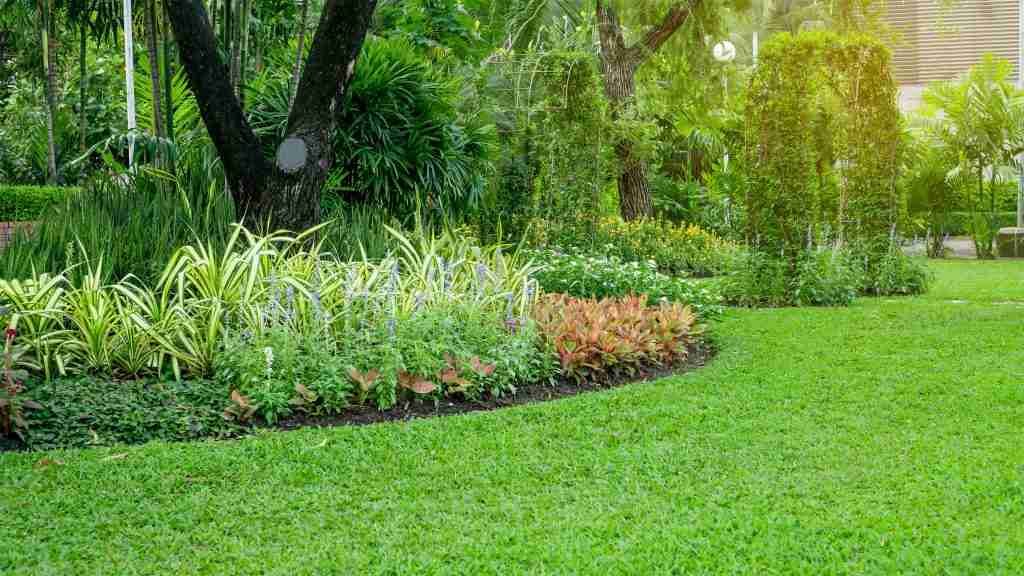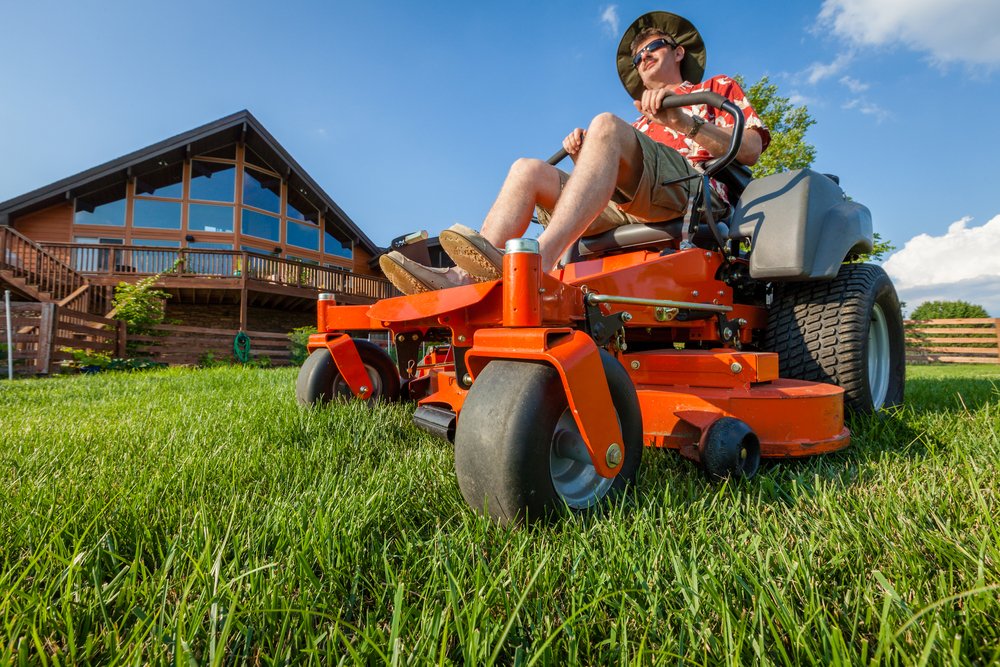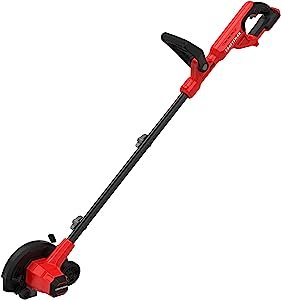Having a lush and healthy lawn is the dream of every homeowner. However, over time, lawns can become thin, patchy, and prone to weeds. When faced with this issue, many homeowners wonder whether overseeding or reseeding is the best solution. Understanding the difference between these two methods is key to making the right choice for your lawn.
Overseeding involves spreading grass seed over an existing lawn without tearing up the entire turf. This method is ideal for lawns with thinning grass, bare patches, or weak areas. By introducing new grass seed into the existing lawn, overseeding helps to fill in the gaps and promote a thicker and healthier turf.
On the other hand, reseeding requires starting from scratch by removing the existing turf and replanting the entire lawn with new grass seed. This method is typically used when the existing grass is severely damaged, diseased, or has become infested with weeds. Reseeding provides a fresh start and allows you to completely revitalize your lawn.
When to choose overseeding
Overseeding is the preferred method for most homeowners since it is less disruptive and more cost-effective compared to reseeding. It is best to choose overseeding when your lawn has thin or patchy areas, but is still relatively healthy overall. Overseeding can help to thicken the turf, improve its appearance, and enhance its ability to resist weeds, diseases, and other stresses.
It is important to note that overseeding is most effective when done during the optimal growing season for your grass type. For cool-season grasses, such as Kentucky bluegrass or perennial ryegrass, early fall or early spring are the ideal times for overseeding. Warm-season grasses, like Bermuda grass or Zoysia grass, should be overseeded in late spring or early summer.

Benefits of overseeding
There are several benefits to choosing overseeding as a lawn renovation method. First and foremost, overseeding helps to fill in bare patches and thin areas, resulting in a more uniform and attractive lawn. The new grass seed also introduces improved varieties that are more resistant to diseases, drought, and pests.
Overseeding can also enhance the overall health of your lawn by promoting stronger root development, which leads to better nutrient and water absorption. This, in turn, helps to reduce soil erosion and runoff, thereby protecting the environment. Additionally, by thickening the turf, overseeding can help to crowd out weeds, reducing the need for herbicides.
How to overseed your lawn
To successfully overseed your lawn, follow these step-by-step instructions:
- Begin by mowing your lawn shorter than usual to allow sunlight to reach the soil.
- Remove any debris, thatch, or weeds from the lawn.
- Aerate the soil using a core aerator to create small holes, allowing better seed-to-soil contact.
- Choose the appropriate grass seed for your lawn type and region.
- Use a spreader to evenly distribute the grass seed over the entire lawn.
- Lightly rake the seed into the soil or use a roller to ensure good seed-to-soil contact.
- Water the lawn regularly, keeping the soil moist until the new grass seed germinates.
When to choose reseeding
While overseeding is suitable for most lawn renovation needs, there are instances where reseeding is the more appropriate choice. If your lawn is heavily damaged by diseases, pests, or severe drought, or if it is overrun by weeds, reseeding may be necessary to achieve the desired results.
Reseeding is also recommended if you are looking to change the grass type or if your lawn has significant bare areas that cannot be effectively filled in through overseeding alone. By starting from scratch, reseeding allows you to establish a brand new lawn with improved grass varieties and a better chance of success.
Benefits of reseeding
Reseeding your lawn offers numerous advantages for long-term lawn health and aesthetics. By removing the existing turf and starting anew, you can eliminate persistent weeds, diseases, and pests that may have taken hold in your lawn. This fresh start creates an opportunity for a healthier and more resilient lawn.
Additionally, reseeding allows you to choose grass varieties that are better suited to your specific climate and soil conditions. You can select grass seed that is more resistant to drought, shade, or heavy traffic, ensuring that your lawn thrives in its unique environment. Reseeding also provides a chance to correct any uneven or problematic areas in your lawn, resulting in a more visually appealing landscape.
How to reseed your lawn
Reseeding your lawn involves more intensive work compared to overseeding, but the results can be highly rewarding. Here are the steps to successfully reseed your lawn:
- Start by preparing the existing lawn by mowing it as short as possible and removing any debris or weeds.
- Use a sod cutter or a tiller to remove the existing turf, ensuring you remove the entire root system.
- Amend the soil with compost or organic matter to improve its structure, drainage, and nutrient content.
- Choose the appropriate grass seed for your desired lawn type and region.
- Spread the grass seed evenly over the prepared soil, following the recommended seeding rate.
- Use a rake or a roller to lightly press the seed into the soil, ensuring good seed-to-soil contact.
- Water the newly seeded area regularly, keeping the soil consistently moist until the grass seed germinates.
Factors to consider when deciding between overseeding and reseeding
When faced with the decision of whether to overseed or reseed your lawn, there are several factors to consider. First, assess the overall health and condition of your lawn. If your lawn is relatively healthy with only a few problem areas, overseeding may be sufficient. However, if your lawn has extensive damage or persistent issues, reseeding might be the better choice.
Consider the time of year as well. Overseeding is typically done in early fall or early spring for cool-season grasses, and in late spring or early summer for warm-season grasses. Reseeding, on the other hand, can be done at any time of year, but it is generally recommended to avoid extreme heat or cold.
Lastly, think about your budget and the amount of time and effort you are willing to invest in lawn renovation. Overseeding is less expensive and less labor-intensive compared to reseeding, making it a more practical choice for many homeowners.
Common mistakes to avoid when overseeding or reseeding
While overseeding and reseeding can be effective methods for lawn renovation, there are common mistakes that should be avoided to ensure success. One common mistake is overseeding too heavily, which can lead to competition for resources among the new grass seedlings. Follow the recommended seeding rates to achieve the best results.
Another mistake is neglecting proper soil preparation. Whether overseeding or reseeding, it is crucial to prepare the soil by removing debris, aerating, and amending it with organic matter. This creates an optimal environment for the grass seed to germinate and establish strong roots.
Lastly, watering is a critical aspect of successful overseeding or reseeding. Many homeowners make the mistake of either overwatering or underwatering. Follow watering guidelines specific to your grass type and climate, ensuring that the soil stays consistently moist but not waterlogged.
Conclusion: Making the right choice for your lawn
In conclusion, both overseeding and reseeding are effective methods for improving the health and appearance of your lawn. Overseeding is ideal for thin or patchy areas, while reseeding is necessary for severely damaged or weed-infested lawns. Consider the condition of your lawn, the time of year, and your budget when deciding which method to choose.
Remember to follow proper techniques and avoid common mistakes to achieve the best results. Whether you choose overseeding or reseeding, the ultimate goal is to create a lush and vibrant lawn that enhances the beauty of your home. With the right approach and a little patience, you can transform your lawn into a stunning oasis of greenery.

